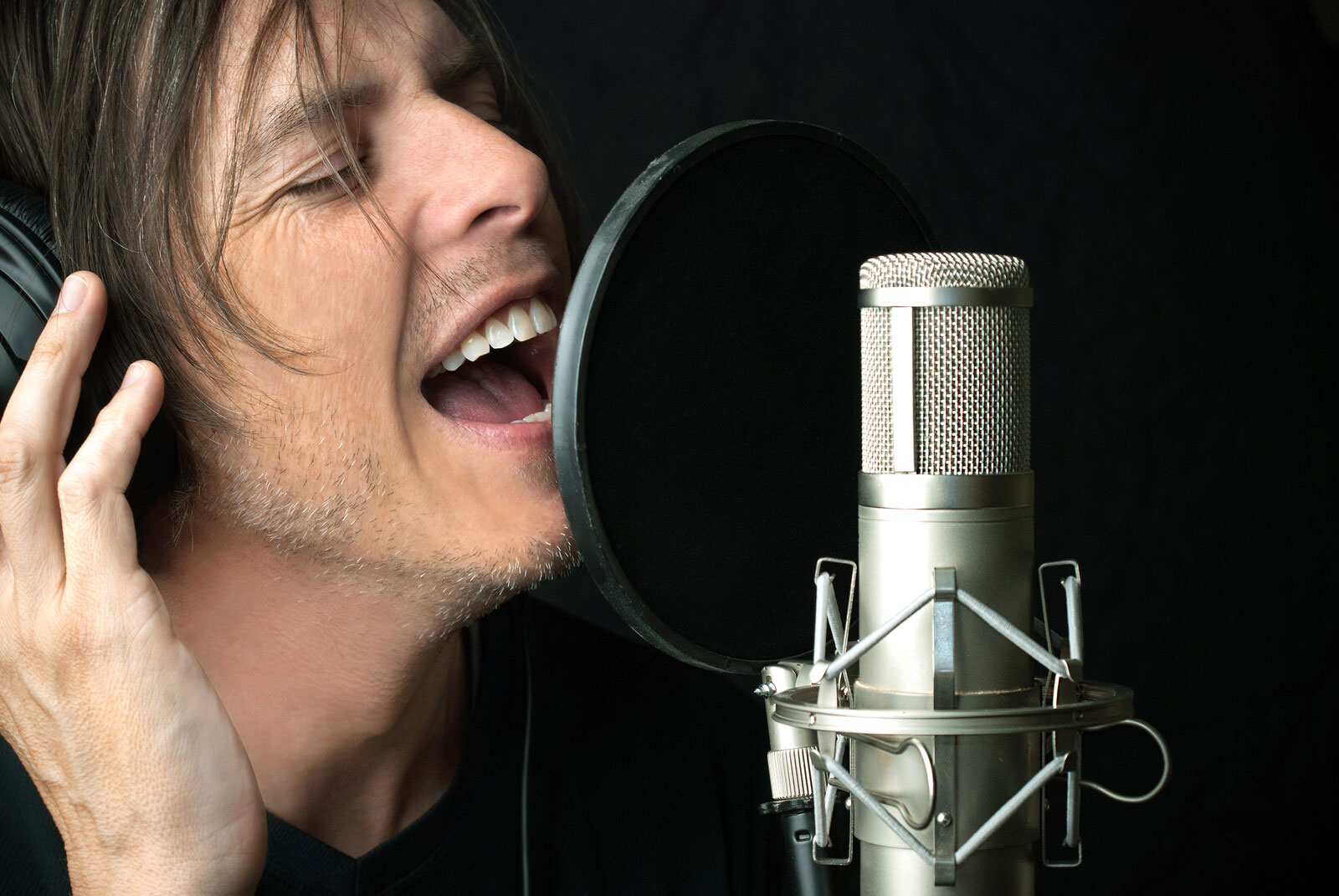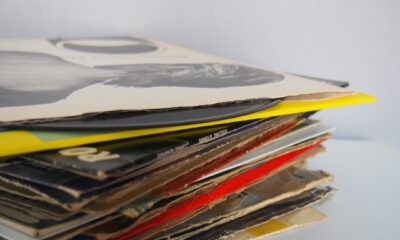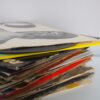You want to create your own recording studio? Here is the essential equipment to realize your dream without spending too much money.
Table of Contents
If you want to record your music without having to move (and rent a studio), you can create your own recording studio at home or in a dedicated room. But of course this is not something you can improvise.
Several elements will have to be part of your equipment. And that can obviously make the bill rise in a surprising way. So we’ll show you how to create your own recording studio at a lower cost.
Why make a recording studio at home?
Before getting to the heart of the matter, let’s go back for a moment to the good reasons to create your own studio. Of course, the most obvious one is to record your own music as soon as the inspiration or the desire is felt. For a quality result, you should not skimp on the quality of the material.
You can also rent this studio to other musicians who are looking for a place to record their future hits at a lower cost. However, you will not be able to rent it at prohibitive rates. Keep in mind that the space will probably not have been acoustically treated (and soundproofed) in a professional manner. But this may be enough for anyone who is just starting out and wants to present a proper demo to a label or radio station.
Remember that a real professional studio can be rented between 300 and 500 euros per day (this will rise “all inclusive” to more than 1000 euros, or even 2500 euros per day depending on the level of equipment of the studio).
So what do you need for a recording studio?
Having said that, let’s see what you need to make a recording studio worthy of the name. We know you already have some knowledge in the field, but as you can always forget something (even the obvious), here is the list.
As far as the basics are concerned, you’ll need to think about the live room and the control room. The first one is the place where you (or the musicians) will play. The second is where everything will be recorded. It is important to carefully choose the location where the studio will be created. So, yes, you can imagine a studio in a corner of your room or in the basement. But there must be enough room for you (and if necessary the musicians) to move around. However, make sure that outside noise will not ruin your work. You can always install acoustic foam if this is not the case. These are, let’s remember, good accessories to improve the sounds. It is easy to install (they are glued to the wall) and can be found at a very reasonable price (less than 15 euros for a 50 X 100 cm plate).
Microphone and accessories (stand, pop filter)
In the live room, you will need to install a microphone. Do not neglect the quality of this element. A pro mic will give clean sounds. A versatile model will be ideal for starting with instruments. For vocals, you’ll have to test it out. But choose a quality model to capture all vocal nuances. The choice is again important, but avoid low cost models. Prefer to invest in a model around 100 euros of much better quality.
No products found.
Don’t forget the microphone stand either. Holding your microphone may look chic on stage, but in the studio, there are other things to think about! To simplify recording, a stand is a must. And it won’t put a huge strain on your budget since you can find one for as little as 30 euros. Choose a model with a tripod and adjustable height. It’s the basis.
No products found.
The pop filter is also very useful. A small accessory that doesn’t seem essential, it is however there to reduce unwanted noises (plosives). It is also very useful to prevent spitting from landing on the microphone. If you have a ribbon microphone, which is very sensitive, this is a must. The air released during the pronunciation of hard vowels (t, p, or b) is indeed very important and can damage this microphone without the filter. There are several models. The cheapest (around 25 euros) are made of nylon mesh. But it should be noted that many professionals do not appreciate them. They tend to reduce the high notes.
No products found.
If you want a quality filter, then you should choose a metal filter that offers a really more accurate sound. The price is around 80 euros. You should also check the attachment system. In general, it is a clip. This one must adapt to the width of the chosen stand.
Headphones and speaker
Who says sounds, says tool to listen to them! This is where headphones and speakers come in. The headphones deserve the best, because they must transmit the purest sound possible. All the nuances picked up by the microphone should be rendered by the headphones. Don’t forget comfort. If you keep your headphones on all day, you’ll see why! The first prices for a quality headset start at 40 euros.
No products found.
Mixing purists will prefer to invest in speakers. For a very neutral sound, prefer mainstream speakers. For flatter frequencies, monitoring speakers are recommended. You’ll need to spend at least 100 euros to get quality equipment.
No products found.
Now let’s go to the other side, in the control room.
Computer
First and foremost, you need to think about your computer. A powerful model is ideal (Macs are the most used). But, as we know, the budget does not always follow. You can therefore buy a less exceptional computer today. They are all of sufficient quality to start. A second-hand model can be an excellent choice.
To save your songs, choose a model with at least a 500 GB hard drive. Having an external hard drive can be very useful. You will have to add this expense to your bill.
Sound interface
You will also have to take care of the audio interface/sound card. It is the interface between the recorded sounds and the sounds rendered to the listener. You will have to choose your card according to two main criteria: the quality of the converters and the quality of the preamps. For an optimal result, it is advised to choose a sound card with a mix button.
No products found.
A basic model may be enough to start with, but if you want to greatly improve your experience, you’d better go for a more competitive interface. Count then on an expense around 100 euros.
It should be noted that the sound card of your computer will quickly become insufficient. You can then complete your machine with an external card.
Recording software
Next comes the recording and audio mixing software. The DAW (Digital Audio Workstation also known as MAO software) will allow you to make your compositions as you wish. It is important to test to choose this element well. You can also look at free versions available online to see which ones you are most comfortable with. There are also trial versions available online. This way you can select the software that suits you best before you take out your wallet.
Audio Mixer Sound Board
The mixing desk is also a must. It is the element that allows you to link the different sounds and to realize effects. It is therefore, as you may have guessed, an essential element that you should not forget. Before selecting your perfect model, you should check the number of MIDI devices you use. The more you have, the more channels you’ll need.
No products found.
To make the right choice, you’ll need to decide whether you prefer an analog or digital table. The former is chosen by meticulous artists who want to bring out the warmth of recorded sounds. However, it does not include effects and you will have to invest more to complete your equipment. The digital mixer has all the possible effects (limiter, compression…) and allows to work directly on the data. This choice is more expensive. A high-end analog mixer costs an average of 200 euros. A basic digital mixer starts at 250 € and can reach more than 2500 euros!
















